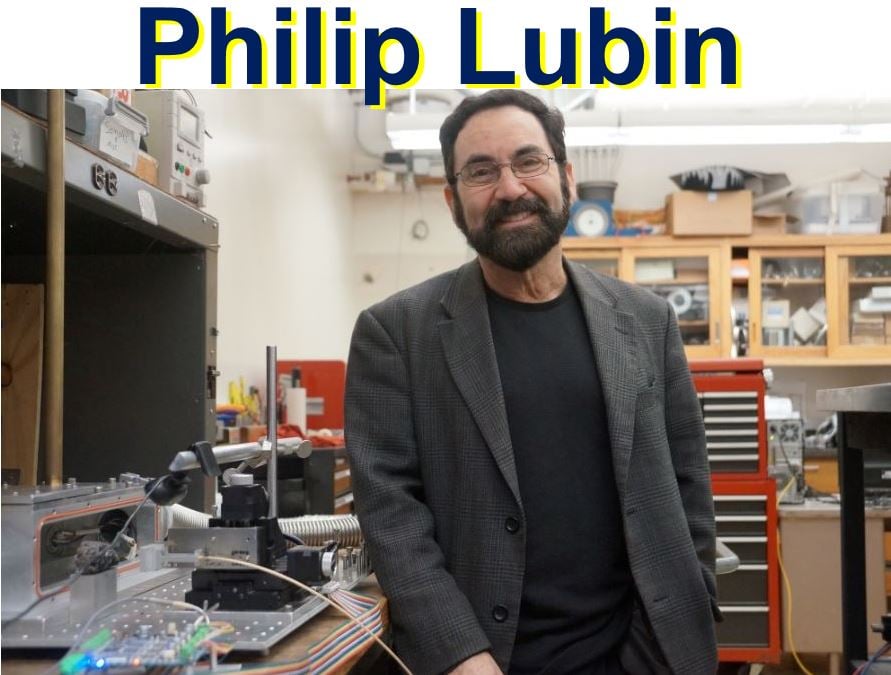The power to propel us to the stars
Can we reach the stars and beyond?
The answer is YES!!
Getting humans into outer space is not the problem. Humans have already walked on the moon. The problem with space travel is the vast distance between our solar system and the nearest one to us. The problem is in the speed needed to reach these far-off places in a reasonable time frame. The solution to the has been right in front of us.
Take for example someone at the front of a train traveling 100 MPH. If the person fires a bullet out ahead of the trail that travels at 300 MPH if you clocked the speed of this bullet it would clock at 400 MPH, not 300.
The same principle could be applied to space travel. The craft would have multiple propulsion engines. When the first one is fired it propels to craft to a speed of 1,000 MPH. When the second propulsion engine is fired (with the same propulsion force as the first), the craft is now traveling at a speed of 1,000+1,000 equaling a speed of 2,000 MPH.
If you continue firing these engines your speed increases with each engine burn. The ultimate speed you reach depends on how many propulsion bursts your engines can provide. One burst at a time you could reach the speed of light and beyond.
Or so it seemed~~~~~~~~
Now, some time later I discarded the above idea, a spacecraft could not contain enough fuel to propel us to distant stars.
Then an actual solution came to mind.
We use the force of gravity to pull us to wherever we want to go. Magnify the force of gravity using the gravity pull of galaxies channeling that pull in a narrow band multiply the pulling force of gravity exponentially to a limitless speed.getting us to where we want to go

-




